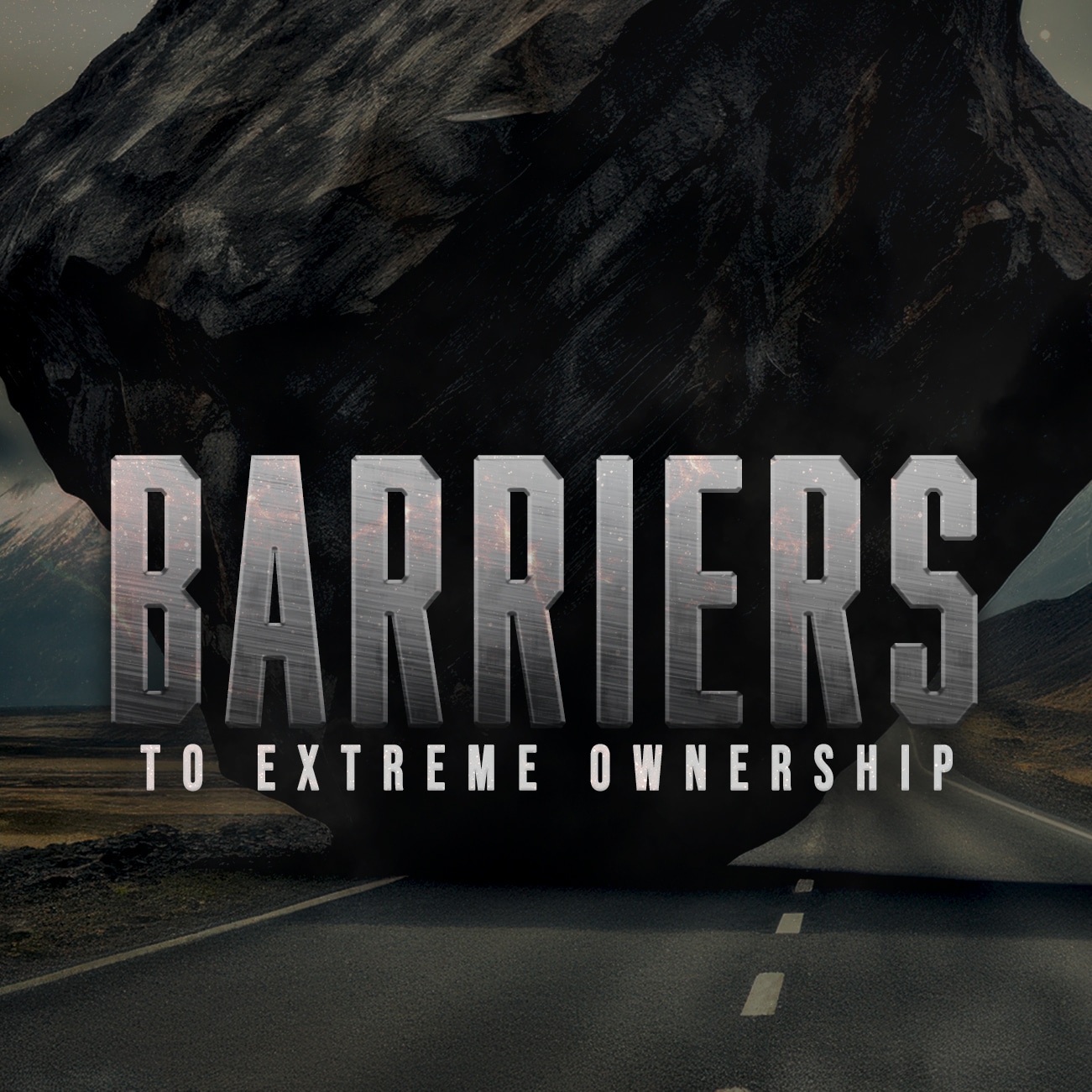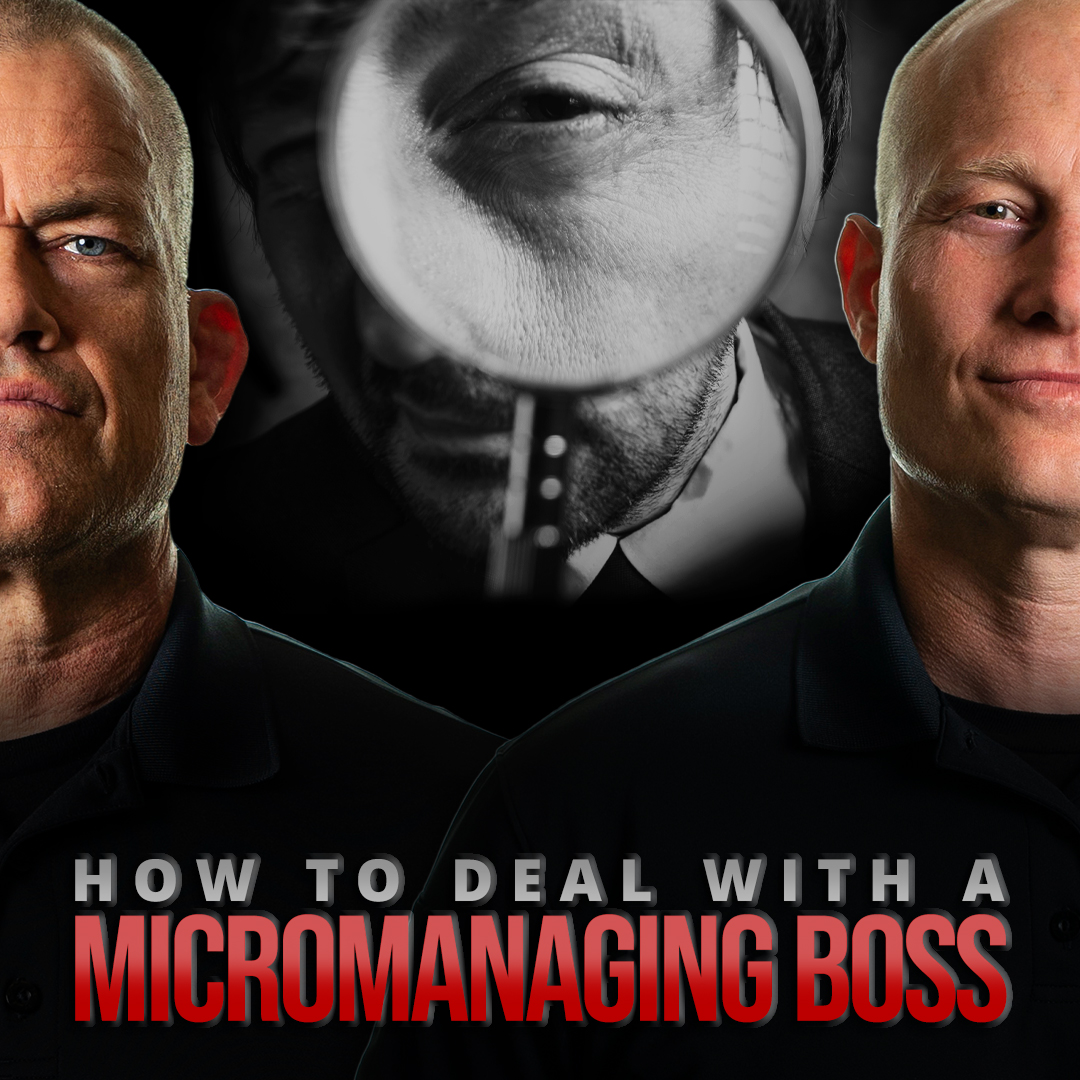Communication is a crucial and necessary skill of leadership. Like leadership, when it comes to knowing what are the barriers of communication, there are only are only two measures that matter: effective and ineffective.
How can this be measured? Your communication is effective when the people you are trying to communicate with actually understand. When the people you are trying to communicate with do not understand, regardless of how simple, clear, or concise you thought you were, your communication is ineffective, and this is why you must know what are the barriers of communication
Why is this important? If people don’t understand, they can’t execute. Therefore, communication is critical to ensure that everyone understands and can execute.
This seems easy enough in theory. But in practice, this can be extremely difficult. What are some of the barriers to good communication?
What Are The Barriers Of Effective Communication?
There are barriers that prevent effective communication. In order to learn what are the barriers of effective communication, let’s outline them below, and most importantly, learn how to remove barriers of communication:
First, the greatest barrier to communication is the belief that everyone understands you perfectly. This is the biggest obstacle that prevents people from improving their communication skills. If you aren’t aware that barriers to communication exist, you will never be able to find answers to the question: “What are the barriers of communication?” When someone doesn’t understand what we are trying to say, what you are trying to explain in an email, or misunderstands what we are trying to communicate in any way, our natural human tendency is to immediately express frustration with that person. We think: “They weren’t listening. They should pay better attention.” We blame the other person. This is driven by our own ego. If you don’t recognize that your communication was ineffective, you won’t make the changes necessary to improve or to test that others understood. When we get asked how to overcome barriers of communication, it starts with recognizing that you are an imperfect communicator. If the purpose of communication is to make sure that others understand you, then the only test that matters when it comes to communication is whether it is effective or ineffective. If people understand what you are trying to communicate, you are effective. If they do not, you are ineffective and must find a way to better communicate.
Second, in order to answer the question: what are the barriers of effective communication, we must recognize that when people don’t understand, they can’t execute. This is why you have to keep things simple. We have a tendency to overcomplicate our communication and to come up with plans that are too complex. To counter this tendency, we must keep things simple. This is why “Simple” is the 2nd principle of leadership, what we call our “Laws of Combat.” When you bombard people with too much information or complex plans, they don’t understand, and when they don’t understand, they can’t execute. So, keep things simple.
Third, in answering the question: “What are the barriers of communication?,” one major factor is that people often choose a confrontational approach that creates friction rather than provides clarification and understanding. When we don’t understand something being communicated to us, we often respond in a manner that—even if unintended—puts people on the defensive and takes us further away from getting the clarification we seek. Let’s say, for example, your supervisor at work gives you a complicated brief about a new strategy that corporate headquarters wants to implement, your first inclination might be to respond: “That doesn’t make any sense to me;” or “I don’t think that is the best way to solve this problem;” or “You’re brief was overly complicated and I didn’t understand it.” You might not intend your response to be confrontational. You may be actually seeking clarification so you can better understand the new strategy. But what is the likely response from your supervisor? They will get defensive. We call this confrontational approach the “Direct Approach.” It seems like it would be most efficient to just “tell it like it is,” but instead, you are moving further from the goal of improving communication so you can better understand. The better approach would be to avoid direct confrontation and ask earnest questions. For example, asking a question such as: “Can you help me better understand the end state that corporate wants to achieve with this new strategy so I can more effectively execute?” This is far more likely to get you the clarification you need. We call this method, the “Indirect Approach,” and it is an effective method to utilize when determining how to overcome barriers to communication.
Finally, in determining what are the barriers of communication, one of the greatest obstacles to overcome is when we do all the talking and don’t listen. When people have questions about the plan, listen to them and hear their perspective. If someone has a complaint, hear what they have to say. When you are trying to communicate something to someone, ask them questions, have them repeat it back to you, and listen to what they have to say. We call this a “readback.” It’s a tool we use in the military to test whether or not our communication is clear. One of the best ways to overcome barriers of communication is to talk less and listen more.
NOW YOU KNOW WHAT ARE THE BARRIERS OF COMMUNICATION
So, whenever you are frustrated that people are not doing what you think you clearly told them to do, instead of blaming them, look at yourself first and focus on improving your communications. That is the power of Extreme Ownership. And this enables you to implement a solution to the problem that will get that problem solved.
When you take ownership and implement solutions to communicate more effectively, the people to whom you are trying to communicate will better understand and be able to execute more effectively.
Knowledge means nothing if you don’t take action to improve your leadership skills. Knowing what are the barriers of communication doesn’t help you if you don’t implement a solution. You can’t become a great leader just by reading an article, or sitting through a workshop, or reading one book. It takes daily effort. You have to do the work.
Consistent daily discipline is the path to victory. Extreme Ownership is the guide down that path. If you find yourself reading this article, you are not alone.
At Echelon Front, we’ve helped thousands of men and women just like you. If you’re tired of being frustrated with others and asking that same question, “Why won’t they listen to me?” or, “Why won’t people do what I say?” or “Why can’t I get the clarification I need?” then you are at the right place. The key to progress is action.
Here’s what I want you to do now: Click this link and visit Extreme Ownership Academy, our online resource for leadership development for people just like you who want to learn how to more effectively communicate within their teams, their peers, their boss, or their family members.
Leif Babin
Leif Babin, a former U.S. Navy SEAL officer, is the President and co-founder of Echelon Front LLC, a premier leadership consulting and training company. Leif is the co-author, alongside Jocko Willink, of the New York Times best selling books, Extreme Ownership: How U.S. Navy SEALS Lead and Win, and the Dichotomy of Leadership: Balancing the Challenges of Extreme Ownership to Lead and Win. Echelon Front teaches the principles of Extreme Ownership and the Dichotomy of Leadership to helps leaders apply them in their world to solve problems, accomplish their goals and achieve victory in business and life.



